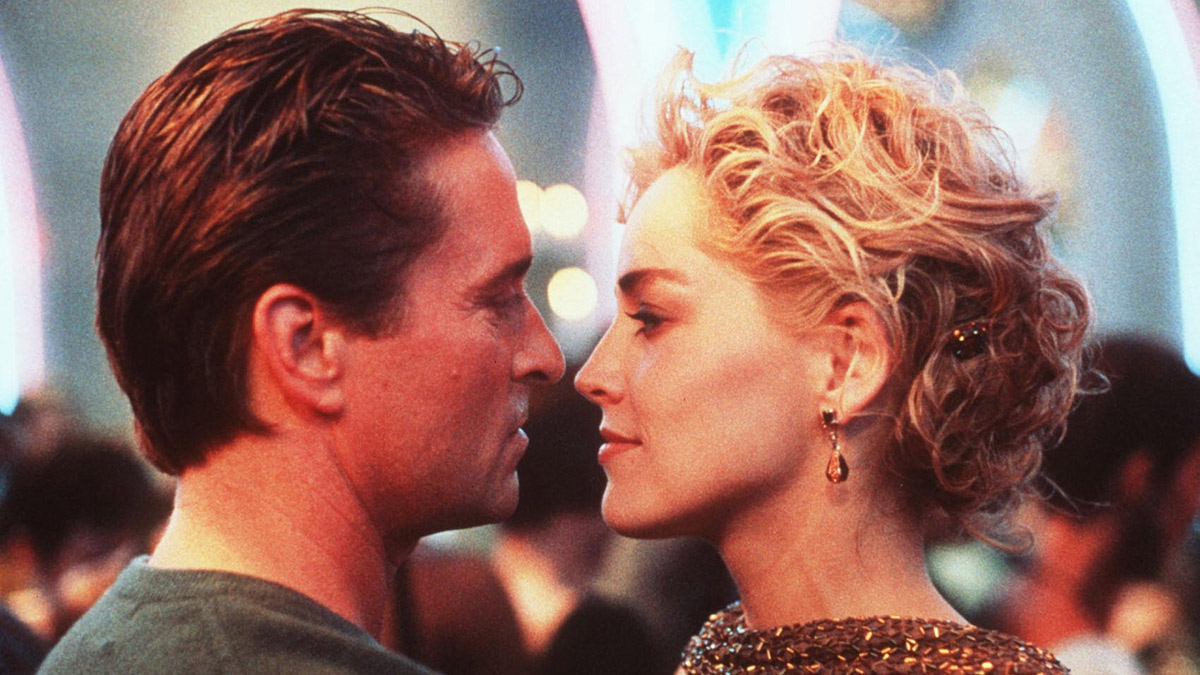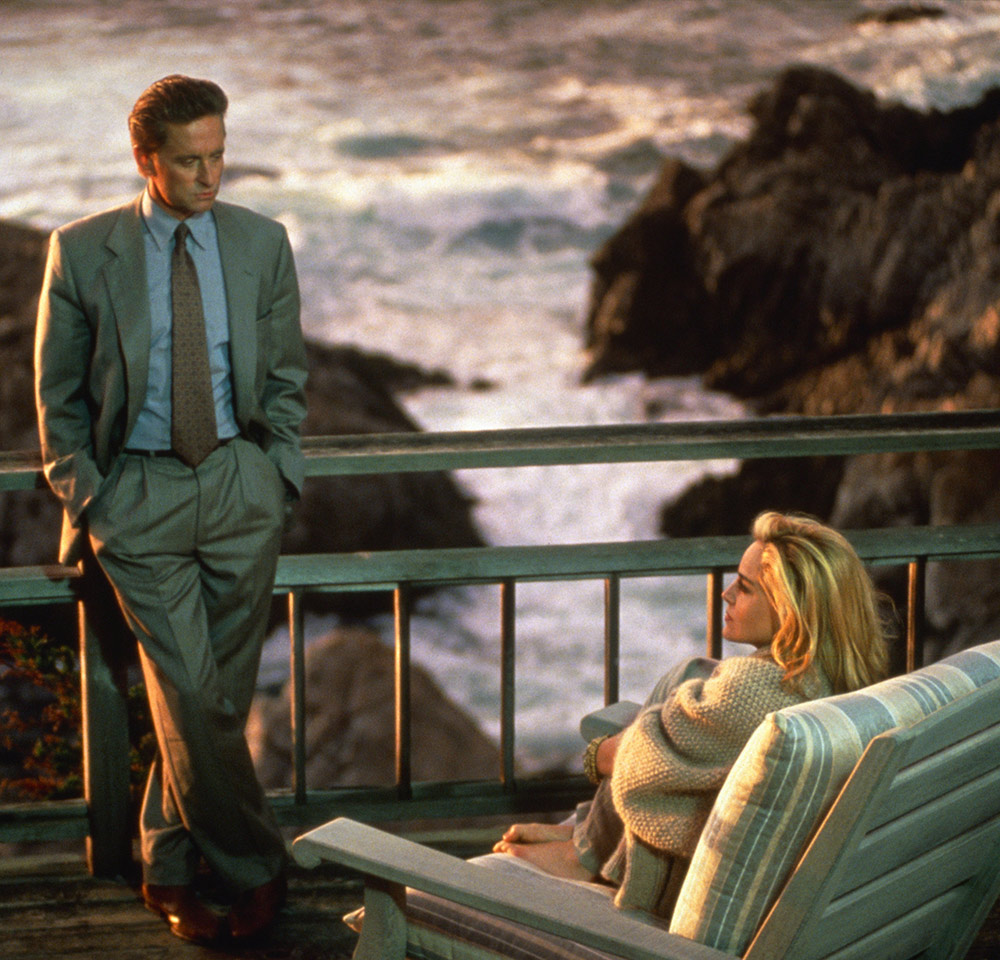
(c) Photofest / Getty Images
“Basic Instinct” Paul Verhoeven creates a perfect image of an evil woman using the visual beauty of Jan de Bont
2022.04.27
Jan de Bont's production of "Unnatural Light"
In order to perfect Catherine as the perfect villainess, Verhoeven teamed up with fellow Dutch photographer Jan de Bont as the cameraman. He and Verhoeven are old friends who worked together on ` `Rutger Hauer '' (1973) and ` `The Great Warriors '' (1985). Jan de Bont participated in films such as `` Die Hard '' (1988) and `` Black Rain '' (1989) in Hollywood, and was praised for his elegant moving filming and dynamic images.
In ``Basic Instinct,'' Jan de Bont focused on ``unnatural light.'' Although there are no cuts in this film that show off obvious visual beauty, the lighting throughout the film is carefully designed. In particular, the scenes with Catherine in the first half, which Verhoeven focused on, are interesting as they incorporate various ideas.

“Basic Instinct” (c)Photofest / Getty Images
First is the scene where Catherine appears for the first time. This is an important scene where Nick and Catherine meet on the wooden deck facing the ocean. Verhoeven says: "It's a famous scene. It took a lot of effort to complete it. If the scene where the main character appears isn't convincing, the movie won't work. In the end, we had to reshoot it several times."
Verhoeven saw Stone getting more into the role as filming progressed, and he scrapped the early takes. The film was then reshot, with the aim of creating the perfect scene for Catherine to appear. Added to this was Jan de Bont's unique lighting. If you look closely, you can see an unnatural white light reflecting behind Catherine in this scene. This is the light reflecting the sun from the mirror placed by Jan de Bont. Due to backlighting, there wasn't enough light for Michael Douglas, so he used mirror reflections as a last resort, but he purposely included the mirror reflections when photographing the stone at the turn.
Verhoeven evaluates it as follows. ``The reflection of light makes her look even more mysterious.'' By incorporating unnatural light into the film, Catherine's mysterious personality was visually expressed.
Furthermore, in the scene in the car that follows, at the moment when Catherine says an important line, the sunlight hits the side of her face, and as the car moves, it changes to backlight. Using this, I aimed for a dramatic effect. ``In real life, the sun would never shine at such a timing. It's like a halo shining from her.'' Because the photo was taken using natural light rather than compositing, the timing had to be adjusted and the photo taken multiple times.
The scene in which Jan de Bont's skills were most utilized was the famous interrogation room scene.

